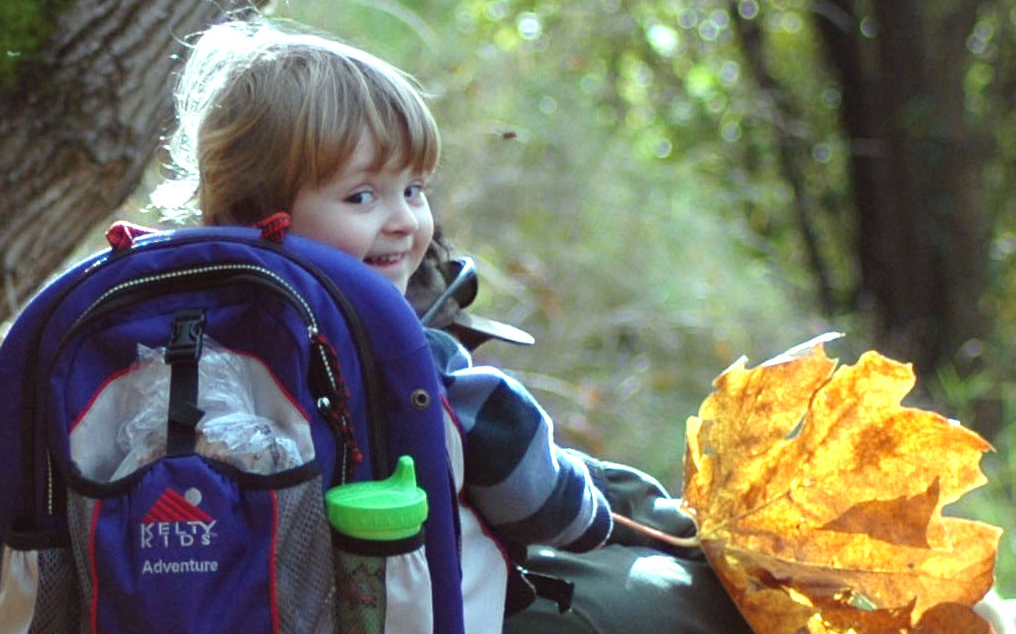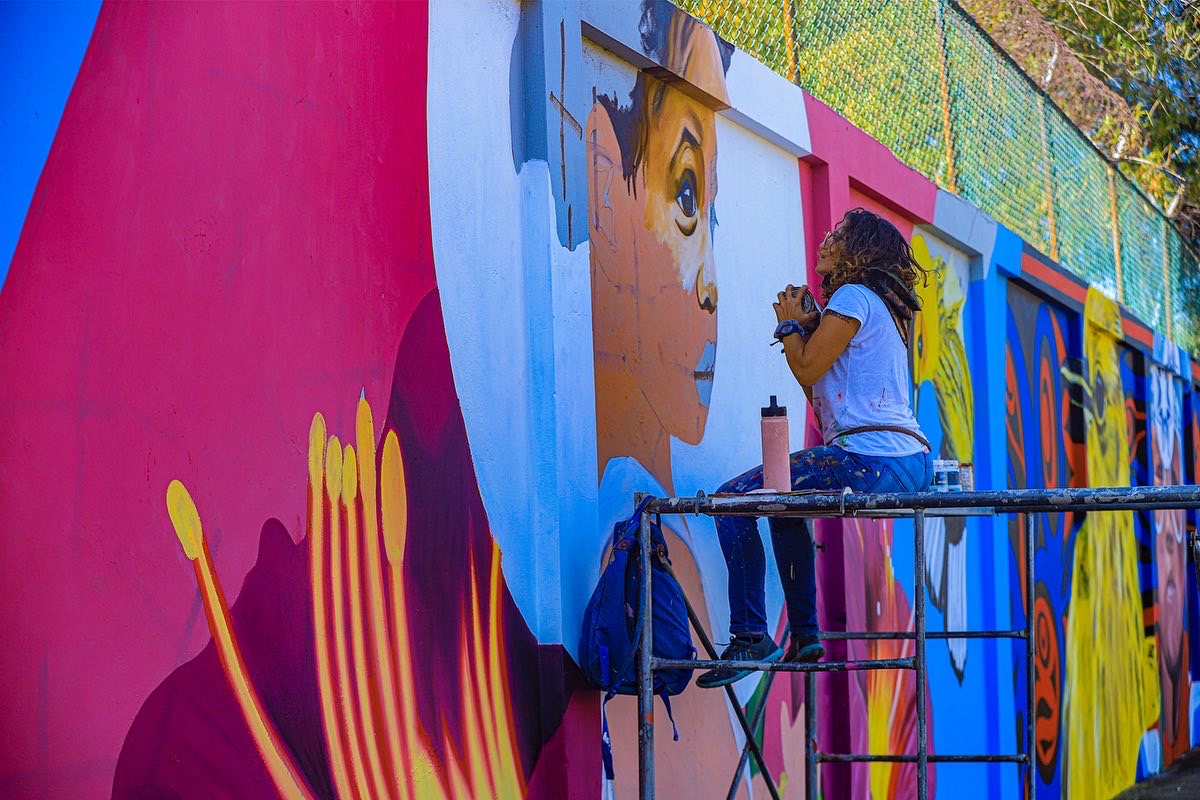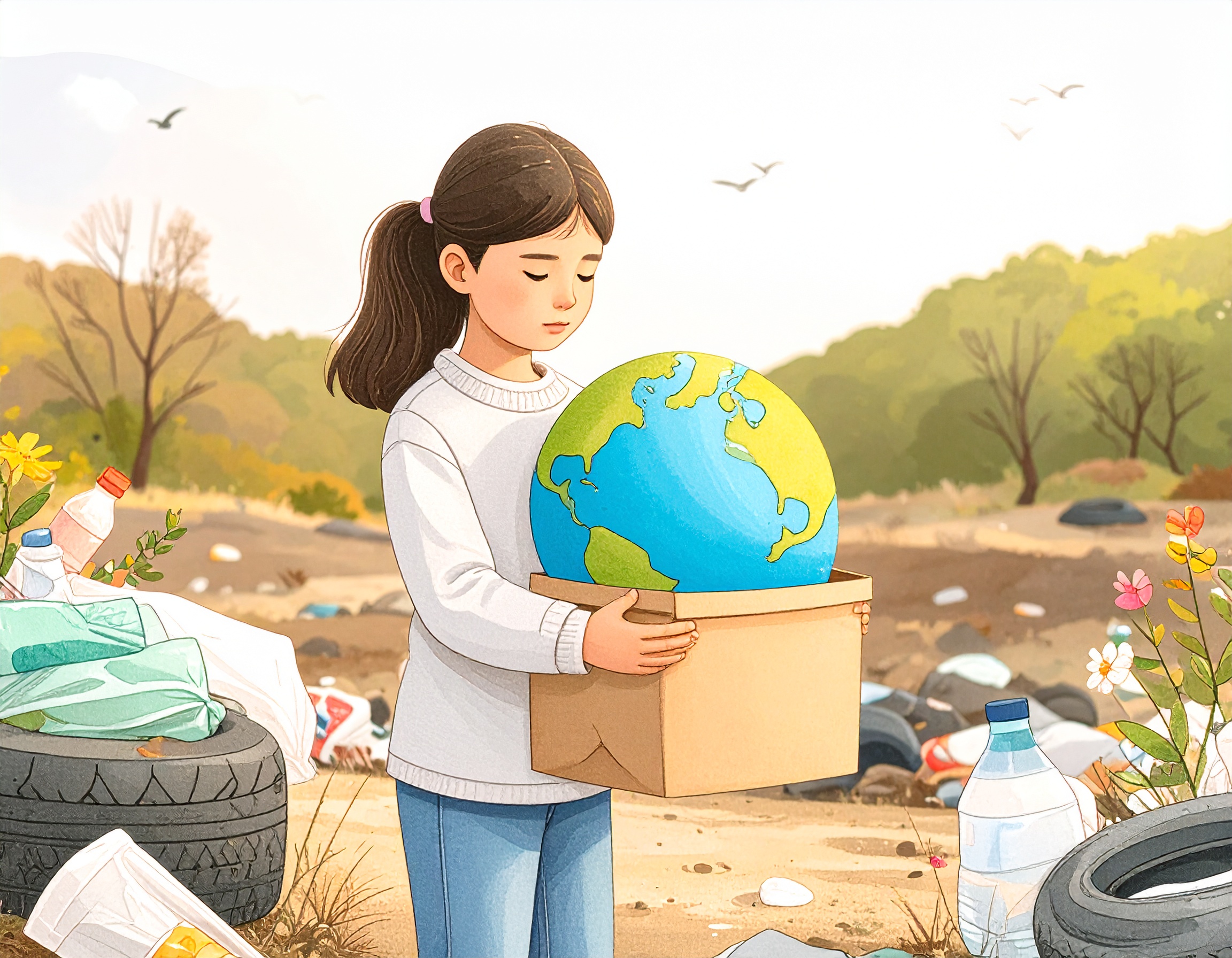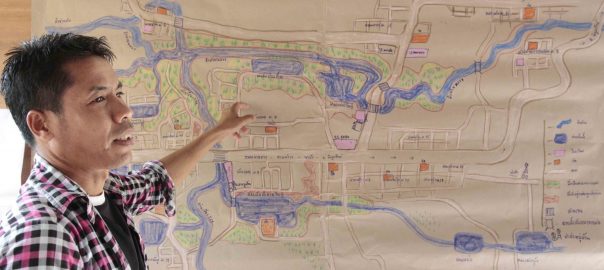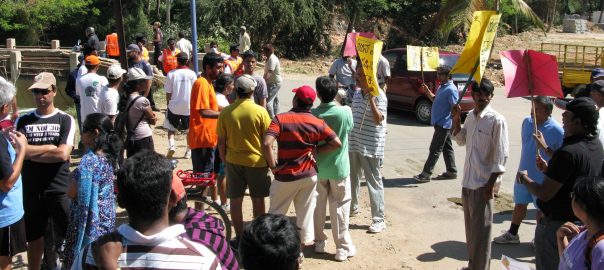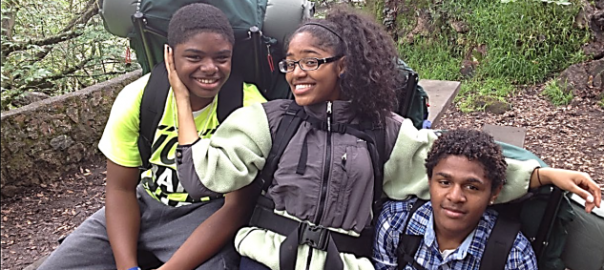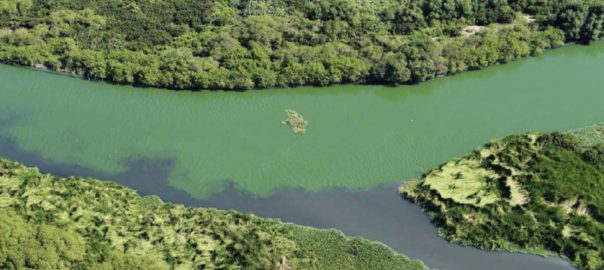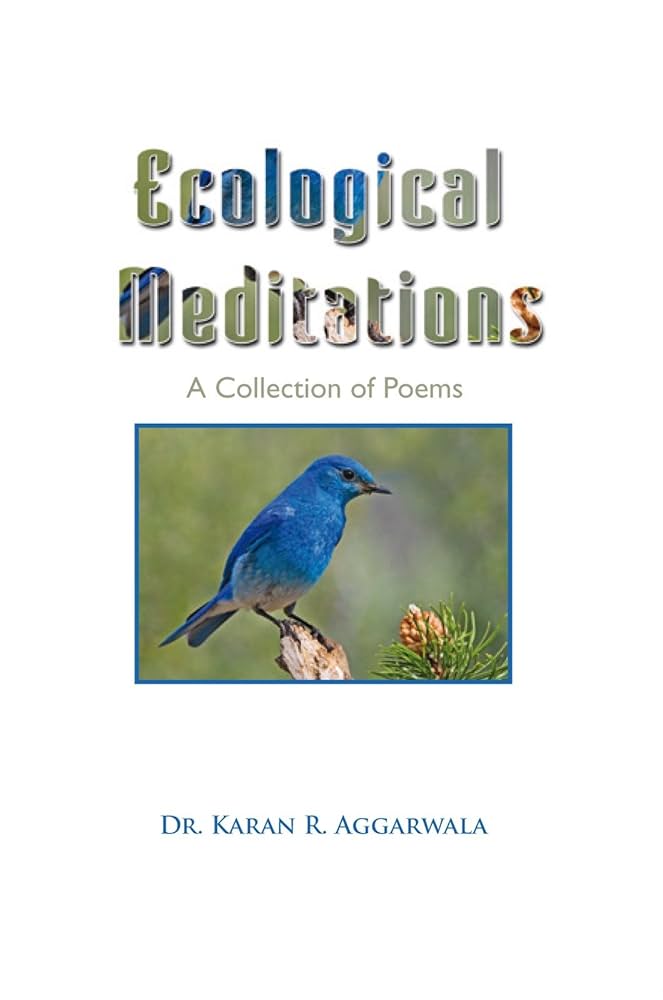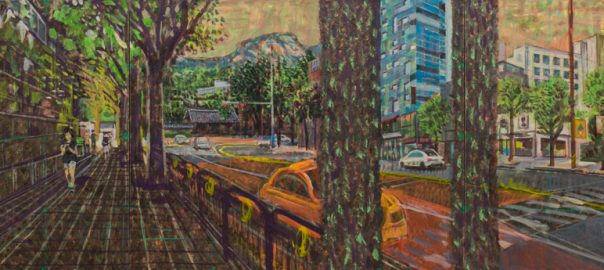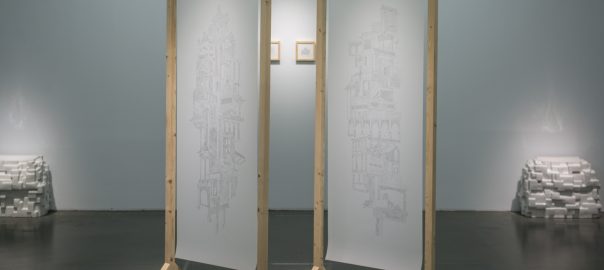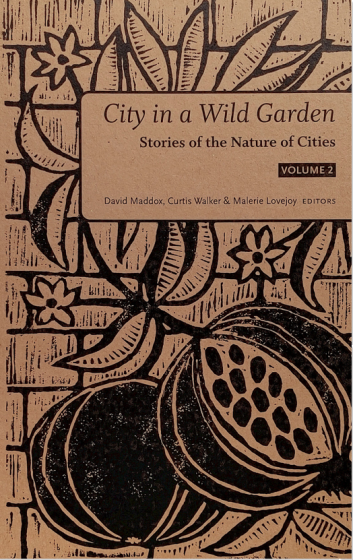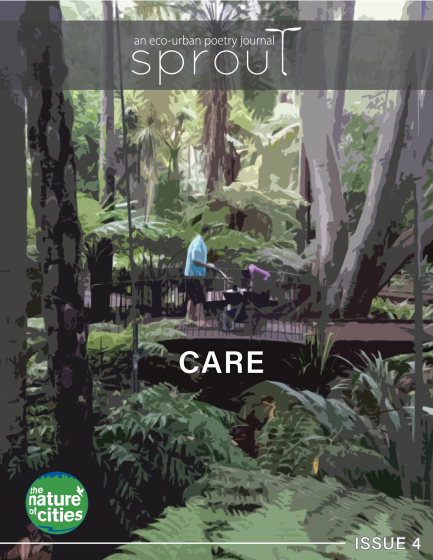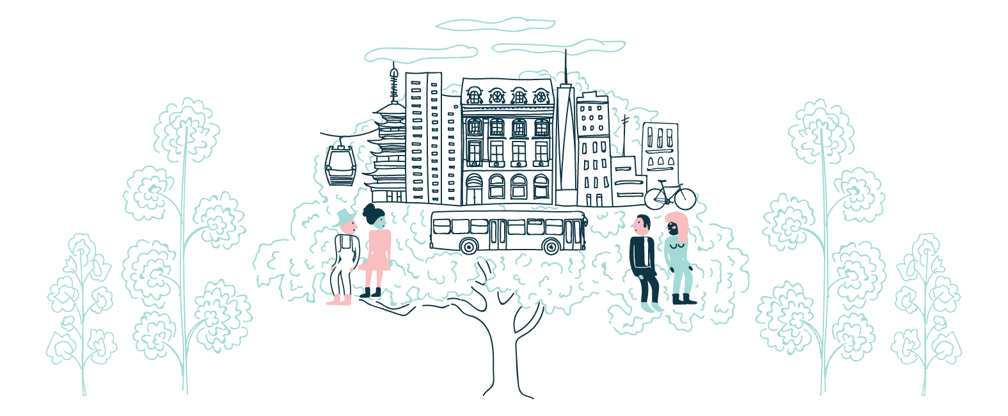ESSAYS | POINTS OF VIEW
-
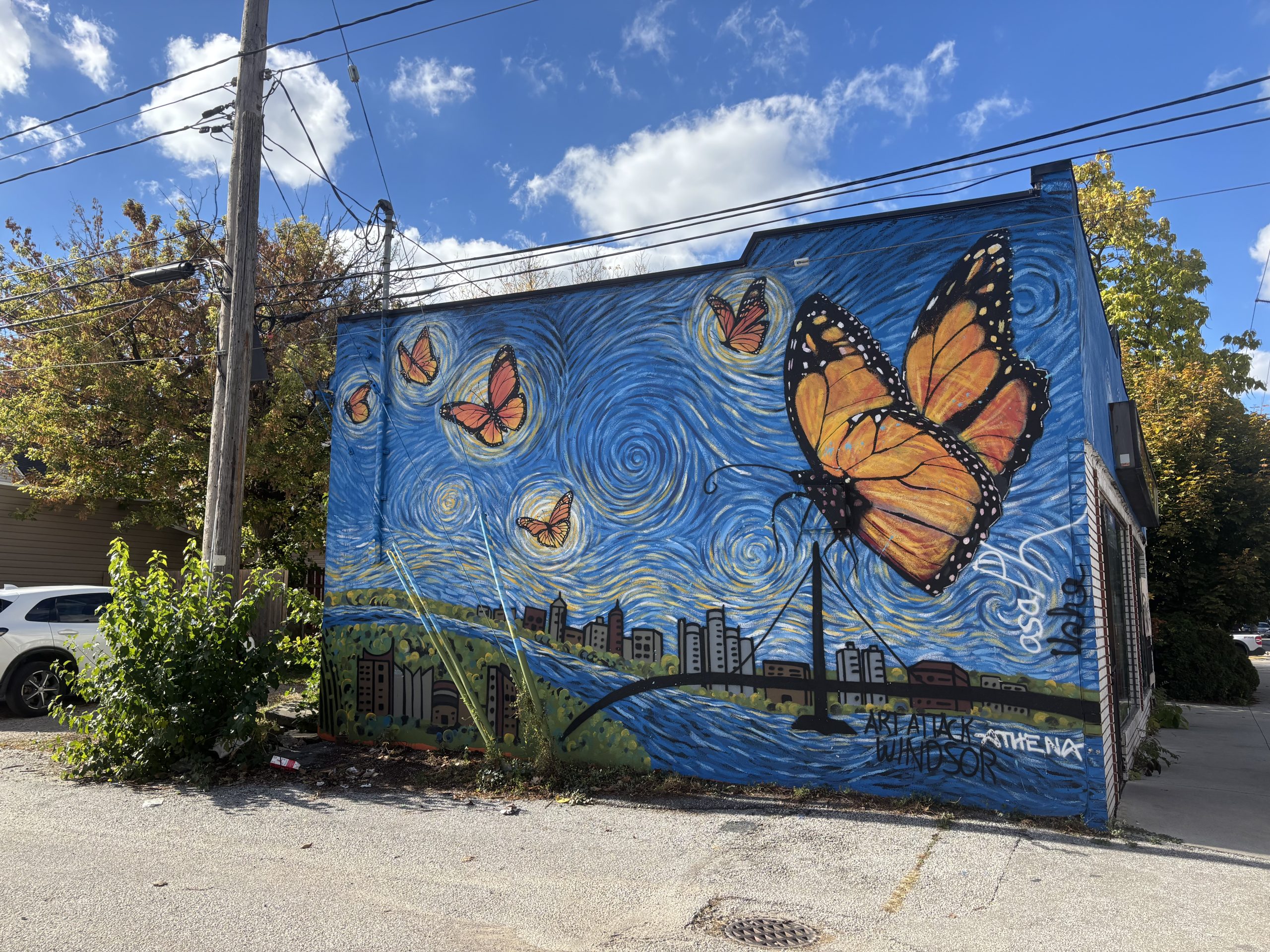
Hopes for My Hometown
“Cities have mythologies”, a colleague mentions offhandedly. There are the smart cities, turning to technologies to improve essential services and respond to challenges. The global cities serve as…
-

Highlights from The Nature of Cities 2025
Cities are, at their best, collaborative masterpieces, aren’t they? They take shape through the interplay of many professions, ways of knowing, forms of action, institutions, and—above all—the desires…
-
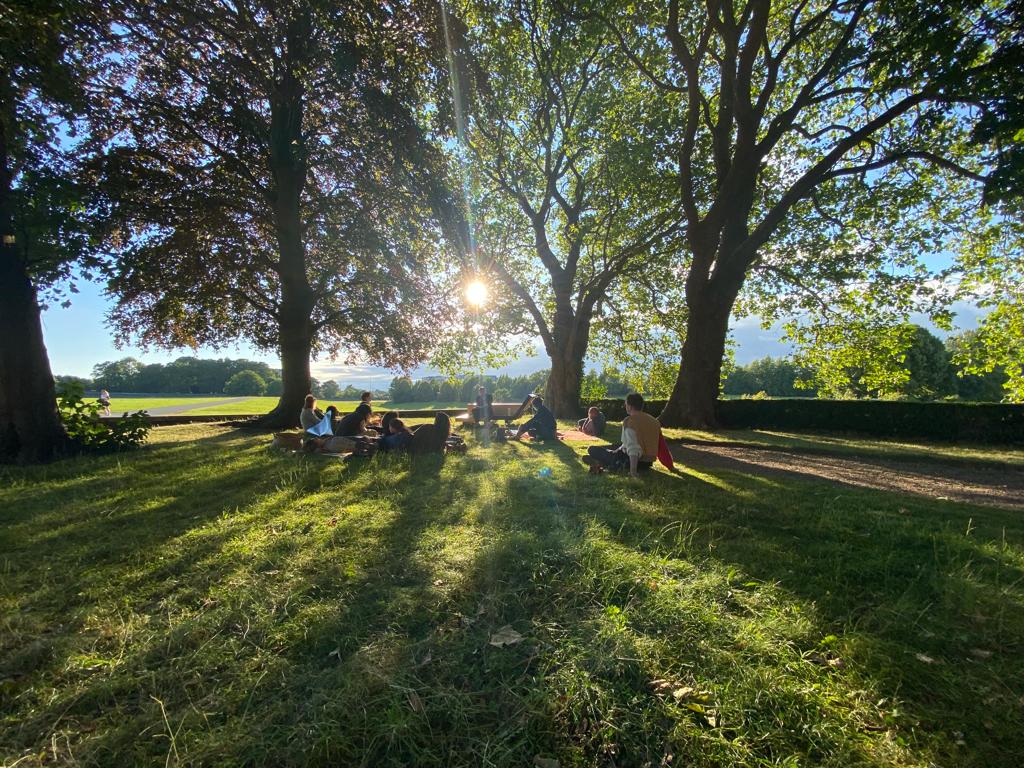
The Art of Growing Back: Why Regeneration, not Sustainability, is the real logic of abundance
I often think that culture has always been regenerative. It just forgot how to name itself that way. Every artist who reuses materials, every community project that heals…
TNOC’S MISSION
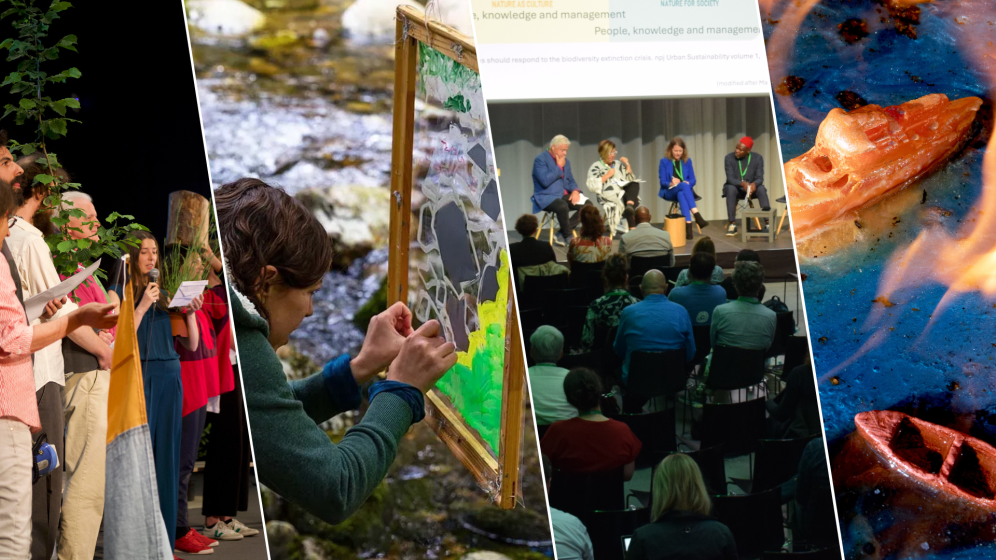
Cities and communities that are better for nature and all people, through transdisciplinary dialogue and collaboration.
We combine art, science, and practice in innovative and publicly available engagements for knowledge-driven, imaginative, and just green city making.
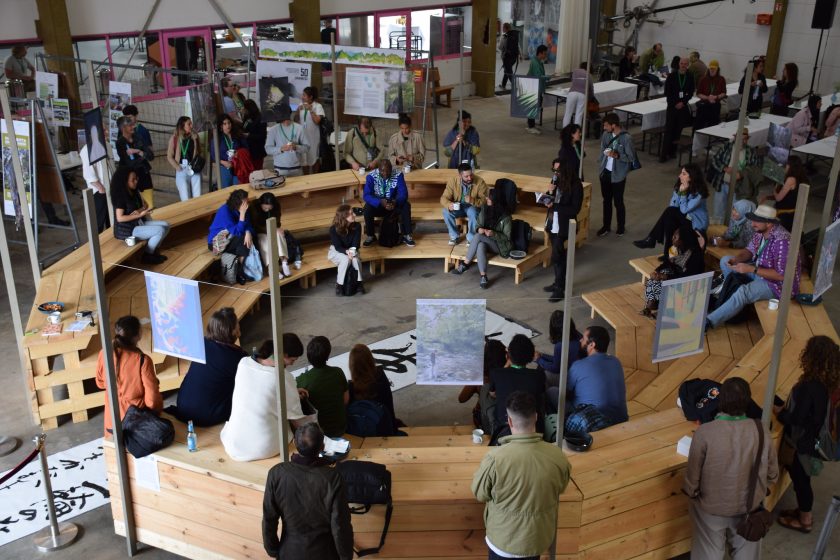
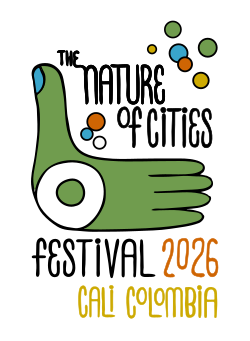
TNOC FESTIVAL IS BACK!
COMING TO COLOMBIA IN 2026
search tnoc
ROUNDTABLES | GLOBAL DISCUSSIONS
MORE VIEWS | FROM THE ARCHIVE
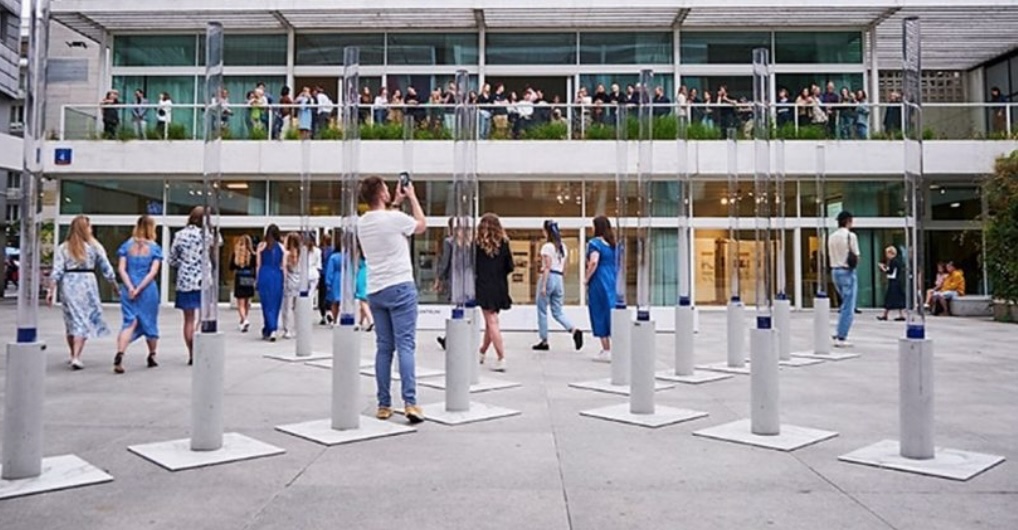
SUPPORT BETTER CITIES,
JOIN OUR NETWORK OF DONORS…
REVIEWS | ART, BOOKS & EVENTS
-

What Remains?
A review of Ghost Ships and Mourning Doves, a multimedia art exhibition by Robin Lasser and Sydney Brown, on view October 1 ― December 13, 2025 at Chung…
PROJECTS | ART, SCIENCE & ACTION, TOGETHER
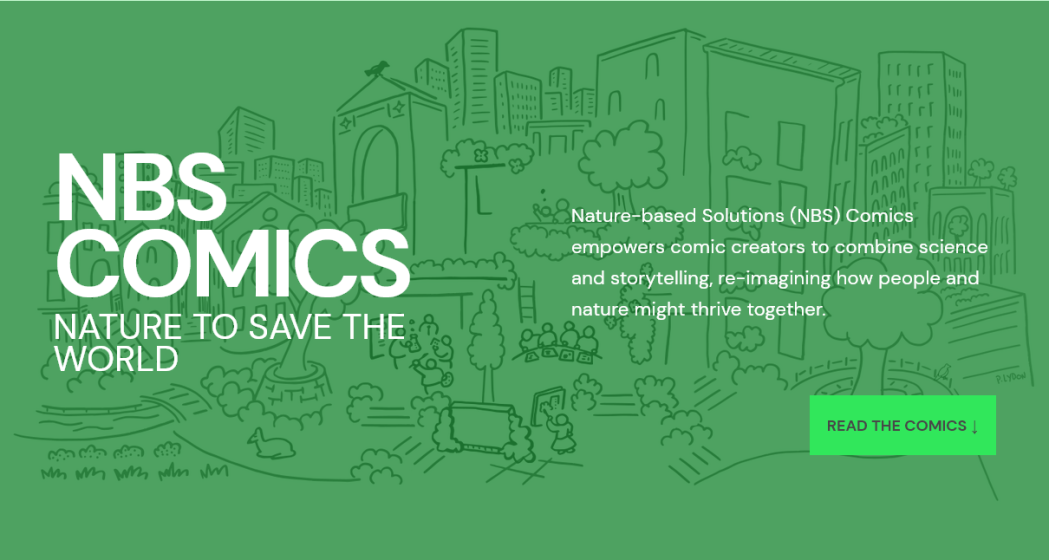
NBS COMICS: NATURE TO SAVE THE WORLD
26 Visions for Urban Equity, Inclusion and Opportunity
Now a global project with over ONE MILLION readers, we invite comic creators from all over the world to combine science and storytelling with nature-based solutions (NBS).
JOIN THOUSANDS OF READERS
AROUND THE WORLD…
MORE TNOC PROJECTS | ART, SCIENCE & SOCIAL JUSTICE
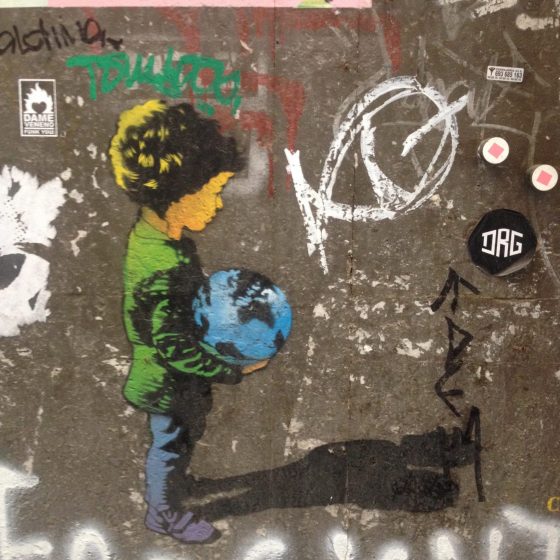
THE NATURE OF GRAFFITI
This is the nature of graffiti. It facilitates speech. It speaks to us. It stakes claims and makes statements. It tells stories.
The Nature of Cities hosts a public gallery about the graffiti and street art that motivates us in public places.
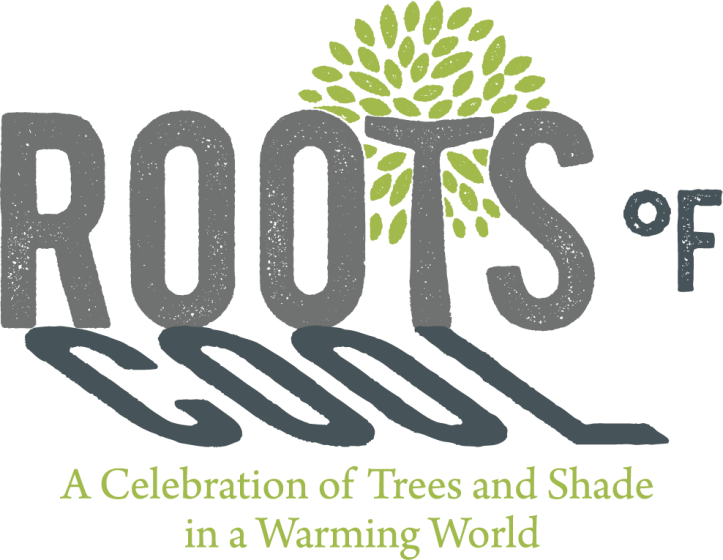
the roots of cool
As the world warms up, how are you thinking about the role that trees and shade can play in making your city or region livable?
Read and listen to the stories in this global collaboration between The Nature of cities & Descanso Gardens.


